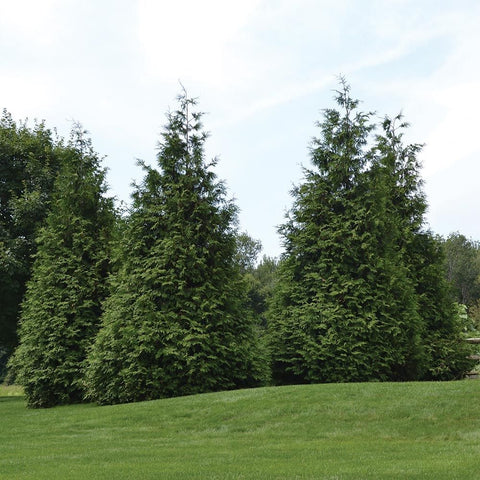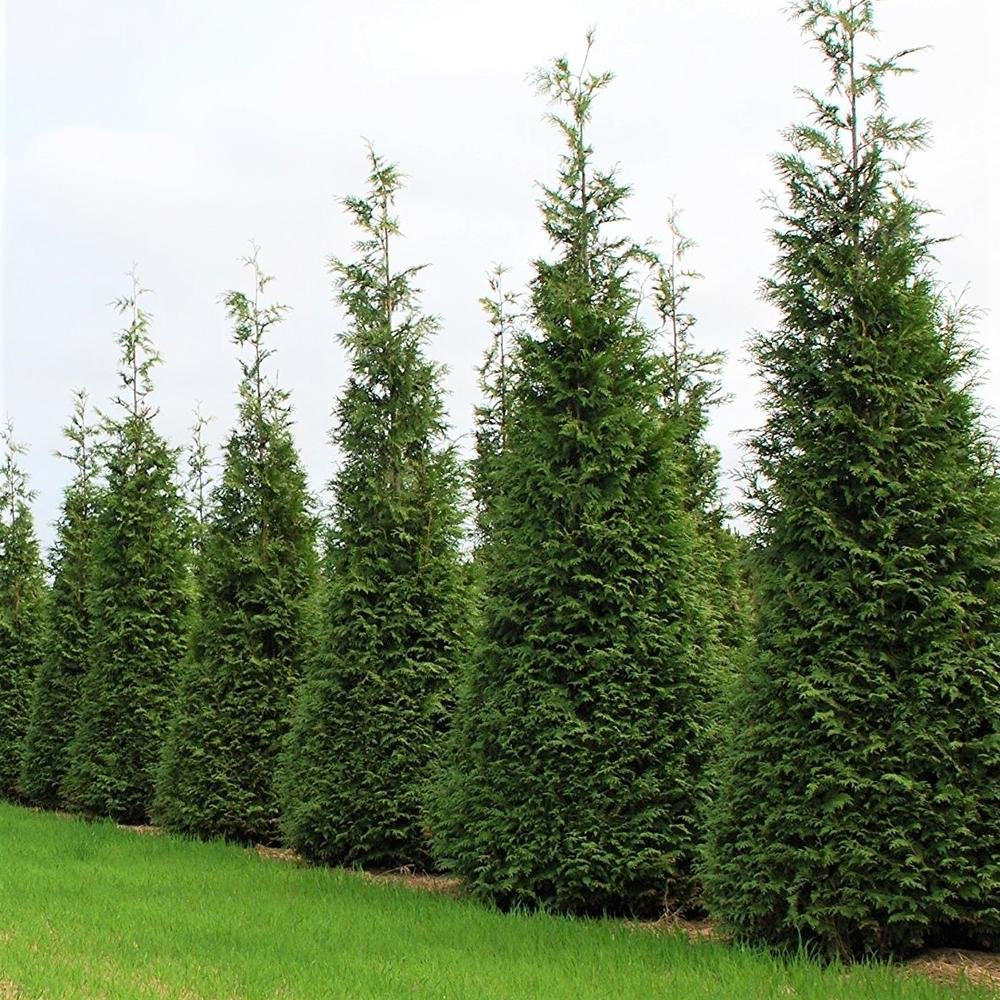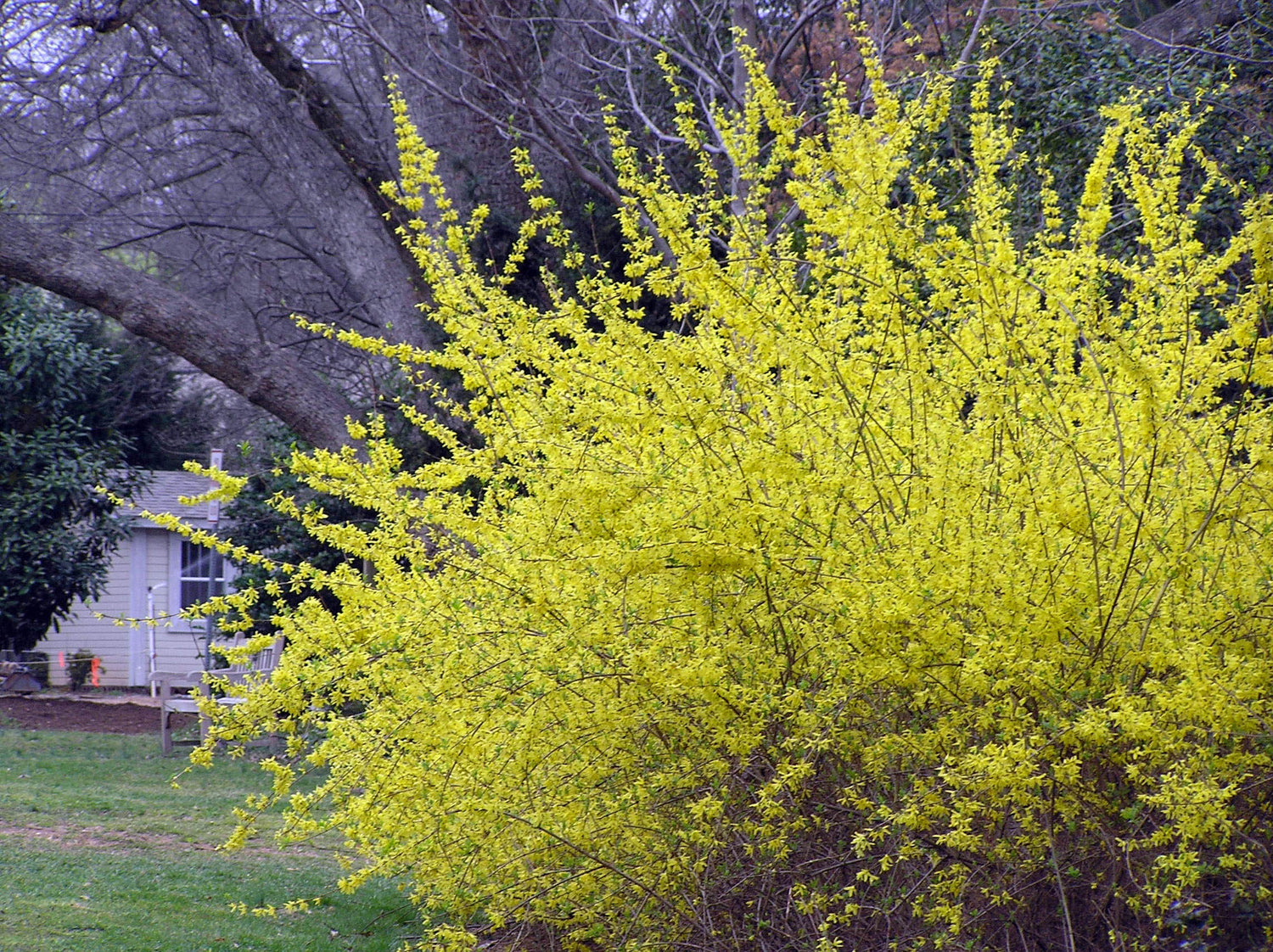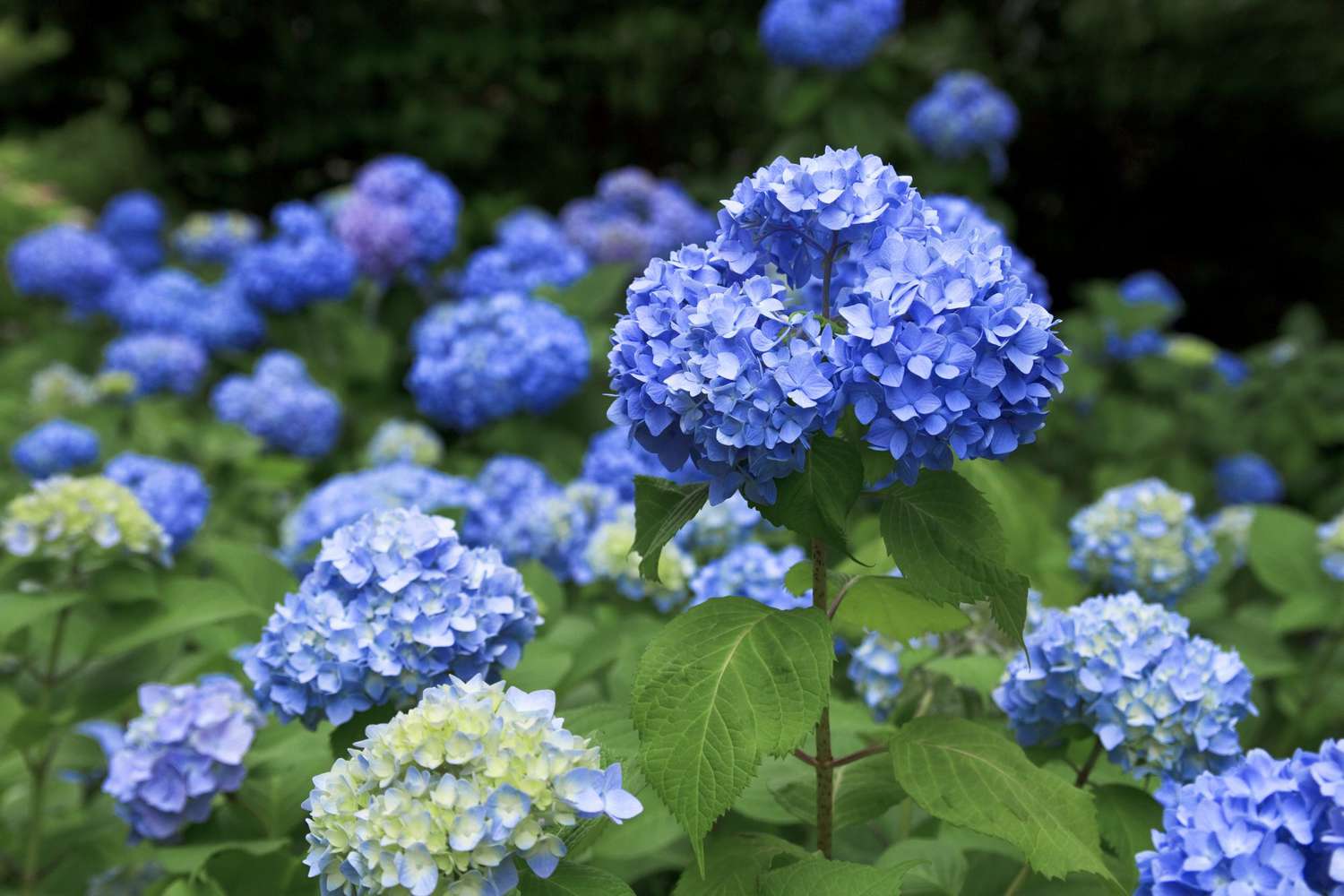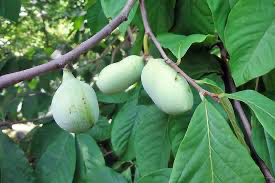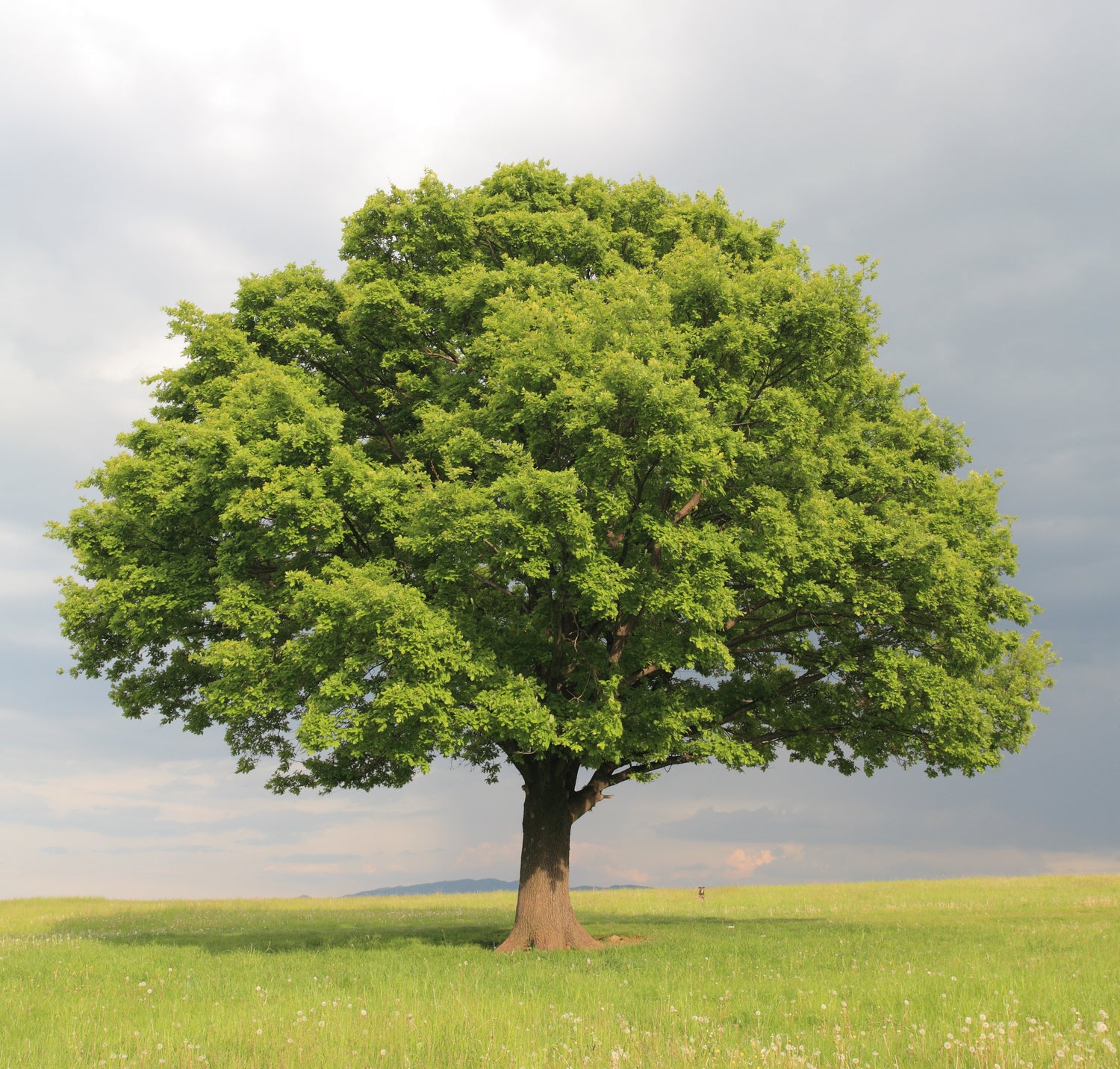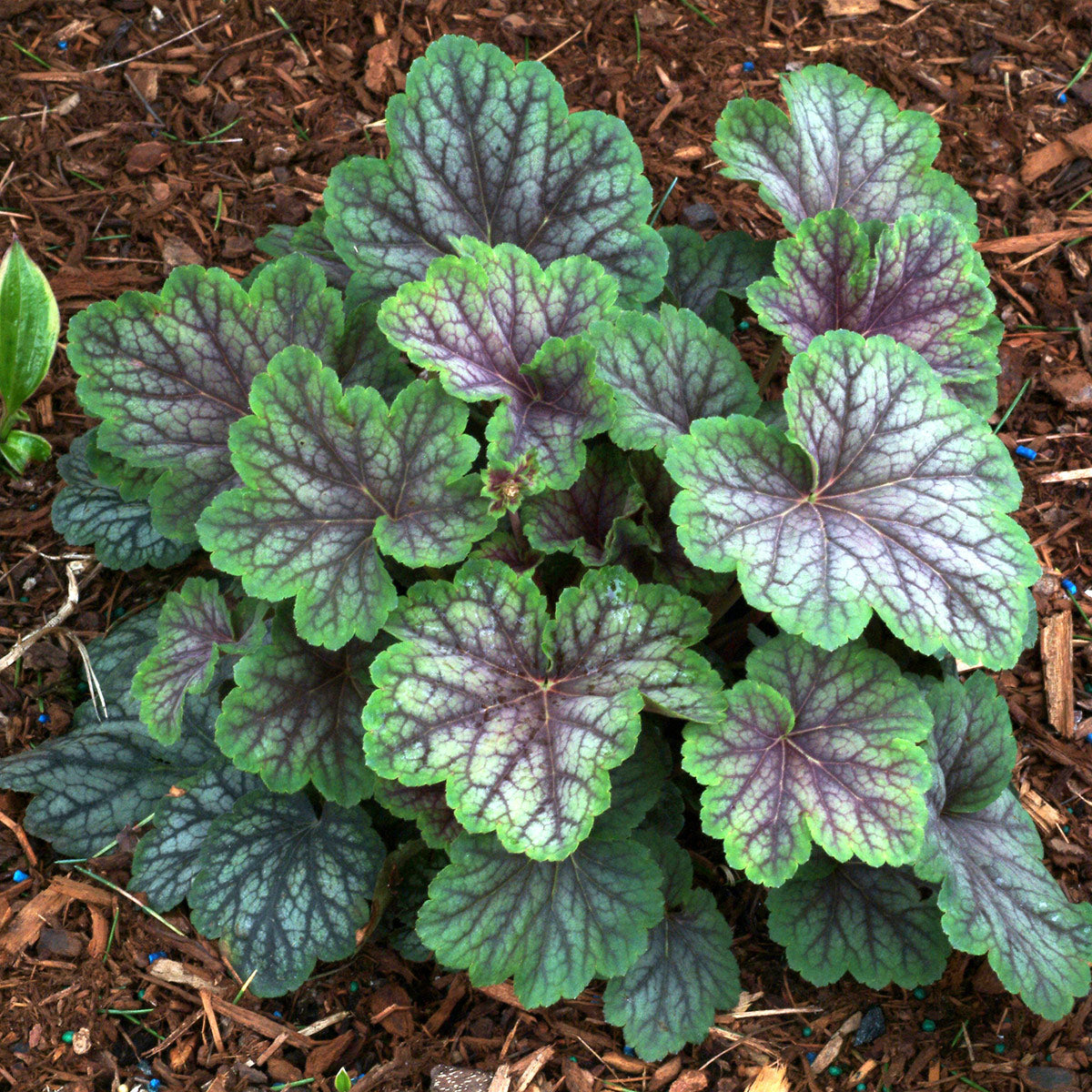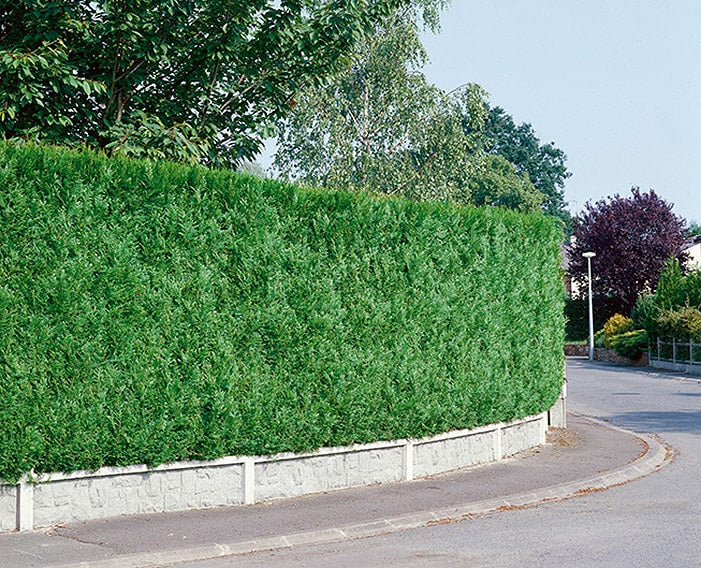Why Is Everyone Talking About Green Giant Arborvitae?
So, you've probably heard the buzz about the Green Giant Arborvitae, right? It's like the new kid on the block that everyone can't stop talking about, happily taking the spotlight from the once beloved Leyland Cypress. Oh, the Leyland Cypress, that tree that grew faster than my ability to keep up with my Netflix queue, but sadly, turned out to be more of a flash in the pan – weak, prone to dying, and let's not even start on the size misjudgment.
Now, enter the Green Giant Arborvitae, standing tall (quite literally) and proud, boasting a lifespan that could rival some of the oldest living creatures on Earth when looking at its parents' lifespans. Not to mention, it's like the superhero of trees, almost invincible to pests and diseases. And while some claim deer treat it like the plague (in a good way for the tree, of course), I've seen a deer or two munch on them when it seems like the salad bar just isn't enough. Yet, the most menacing foe, the spider mite, seems to be its only Achilles' heel, just as it is for its cousins in the tree world.
Now, let's talk about growth. Ever wished for a magic beanstalk? Well, the Green Giant is as close as it gets in the tree world, with growth spurts hitting up to 7 feet in a year. That's right, 7 feet! But before you start imagining Jack's beanstalk touching the sky, let's set the record straight on how big Green Giant Arborvitae actually get.
How Big Do These Green Giants Really Get?
Contrary to the optimistic nursery tags suggesting a modest 20-30 feet, these green behemoths can stretch up to 60 feet with a 12-foot girth at their base. Yep, they're not just giants by name. This revelation might have you rethinking your garden layout, especially if your space is more 'cozy courtyard' than 'sprawling estate'.
But before you start panicking that your Green Giant might one day tap on your bedroom window from the second floor, let's talk strategy. These arborvitaes make phenomenal privacy screens and windbreaks, assuming you've got the real estate to house them. Just imagine, a living green wall that not only shields you from prying eyes but also grows at an astonishing rate, all while asking for very little in return. Talk about low maintenance!
However, before you rush out to find your perfect Green Giant Arborvitae, let's take a moment to ponder whether planting a forest of these in your backyard is really the best move. Diversity is the spice of life, after all, and it applies to your garden too. You wouldn't want your backyard oasis turning into a one-tree wonder, susceptible to whatever ailment might befall the Green Giant in the future.
Stay tuned as we dive deeper into making the most out of these living legends, ensuring your landscape thrives with variety, resilience, and maybe a bit of humor, because let's face it, gardening should be fun!
What's the Real Scoop on Spider Mites and Green Giants?
So, we've established that the Green Giant Arborvitae is practically a botanical superhero, but even Superman has his kryptonite. For our verdant friend, that happens to be spider mites. You might be thinking, "Spider mites? That sounds like something Spider-Man could handle in his sleep!" Well, not quite, especially when it comes to safeguarding your green giants from these tiny troublemakers.
Are Spider Mites Really a Big Deal?
In the grand scheme of things, if your biggest problem is spider mites, you're doing pretty well in the gardening game. These little critters love to set up camp in all sorts of trees, from spruces to cedars, and yes, our beloved arborvitaes too. They're like the uninvited guests at a garden party, but with a little know-how, you can manage them effectively.
How to Show Spider Mites the Door
- Keep an Eye Out: Regularly inspect your trees for any signs of mite activity, especially during dry, hot periods. Spider mites are like tiny vampires; they hate water.
- Water Works Wonders: A strong blast of water from your garden hose can help knock spider mites off the plant. Think of it as giving your Green Giant a refreshing shower.
- Natural Predators: Encouraging beneficial insects that feast on spider mites, such as ladybugs and lacewings, can help keep the population in check. It's like having your own garden security team.
- Miticides as a Last Resort: If things get out of hand, consider using a miticide, but always opt for the least toxic option to keep your garden ecosystem friendly.
But Wait, There's More to Love About Green Giants!
While spider mites might sound daunting, they're just a small bump on the road to growing a magnificent Green Giant Arborvitae. This tree's ability to grow super fast, coupled with its relative ease of care, makes it an asset worth considering for your landscape. And hey, a little challenge along the way only makes gardening more interesting, right?
Remember, whether you're looking to create a lush, private nook in your backyard or simply want to add a dash of majestic greenery, the Green Giant Arborvitae stands ready to rise to the occasion. And if you're eager to start your own Green Giant journey, or simply looking for more gardening inspiration, explore the wonders of Green Giant Arborvitae at our nursery. Who knows? You might just find the perfect leafy companion for your next outdoor adventure.
Why Should Diversity Be a Priority in Your Garden?
When planning a garden or landscaping project, the allure of fast-growing, towering trees like the Green Giant Arborvitae is undeniable. However, an essential aspect of responsible gardening is biodiversity. Diversifying your plant selection not only enhances the aesthetic appeal of your space but also bolsters its ecological resilience.
The Importance of Ecological Balance
A diverse garden mimics natural ecosystems, providing a variety of habitats and food sources for local wildlife, from birds to beneficial insects. This variety can help maintain a healthy balance, reducing the likelihood of pest outbreaks and plant diseases. Furthermore, a mix of species can ensure that your garden remains vibrant and thriving, even if one species encounters issues.
The Role of Green Giants in a Diverse Landscape
While Green Giants can serve as magnificent privacy screens and windbreaks, integrating them with other tree and plant species can amplify the benefits they bring to your garden. Consider pairing Green Giants with deciduous trees, flowering shrubs, and perennials to create a layered, visually interesting landscape that supports a wider range of wildlife.
Planning for the Future: The Growth of Green Giants
Understanding the ultimate size and growth habits of Green Giant Arborvitae is crucial for long-term landscaping success. These titans of the plant world require ample space to flourish, and without proper planning, they can overshadow smaller plants or even cause issues with buildings and overhead lines.
Strategic Planting Tips
- Assess Your Space: Ensure your garden has enough room to accommodate the mature size of a Green Giant Arborvitae, both in height and width.
- Consider the Long-Term: Think about how the full size of the tree will impact your garden's layout, sunlight patterns, and maintenance needs in the years to come.
- Mix It Up: Use Green Giants as part of a mixed hedge or as anchor points in a larger garden design, surrounded by a variety of other plants to ensure biodiversity.
Incorporating Green Giant Arborvitae into your landscape can bring beauty, privacy, and a sense of majesty to your outdoor space. By planning with biodiversity and the future growth of these giants in mind, you can create a garden that is not only stunning but also sustainable and beneficial for the local ecosystem.
For those looking to add Green Giant Arborvitae to their garden, or to explore a wide range of planting options, discover the perfect plants for your outdoor space, available for direct shipping from our nursery to your home. With the right planning and a variety of plants, your garden can become a thriving, ecologically balanced outdoor retreat.
Mastering Green Giant Arborvitae Care: A Simple Guide
Nurturing Green Giant Arborvitae into towering, healthy specimens is less daunting than it might seem. These evergreens stand out for their robustness and minimal care requirements, making them a favored choice for gardeners seeking both beauty and functionality. Let's dive into straightforward care practices that ensure these giants enhance your landscape for years to come.
Essential Care Practices
- Water Wisely: Young Green Giants benefit from consistent moisture to establish deep, resilient root systems. After they've settled in, their drought tolerance kicks in, but until then, regular watering is key. Discover more on caring for these and other plants in our Ultimate Guide to Green Giant Arborvitae.
- Mulch Magic: A generous mulch layer does wonders, keeping soil moist and cool while deterring weeds. This simple step can significantly reduce stress on growing trees.
Fertilizing and Shaping Your Giants
- Feeding Your Giants: An annual treat of balanced, slow-release fertilizer supports vibrant growth without overwhelming your Green Giants.
- Practical Pruning: While inherently majestic without much intervention, occasional pruning in early spring can keep your Green Giants looking their best. Pruning is rarely needed but can help maintain desired shapes or sizes.
Seamlessly Integrating Green Giants Into Your Landscape
The architectural presence of Green Giant Arborvitae offers more than just privacy; it provides structure and elegance to your outdoor space. Incorporating them thoughtfully ensures they play their role without dominating the garden stage.
Strategic Design with Green Giants
- Crafting Natural Privacy Screens: The dense, lush foliage of Green Giants makes them ideal for crafting secluded retreats in your yard. Position them along borders for an instant natural barrier. Learn more about utilizing these evergreens in our feature on Green Giant Arborvitae: The Fast-Growing Solution for Privacy and Beauty.
- Windbreak Wonders: Placed correctly, these trees can act as formidable windbreaks, shielding your garden and reducing wind velocity across your property.
- Beautifying Backdrops: Utilize Green Giants as dramatic backdrops for floral displays, their verdant green enhancing the colors and textures of your garden's other inhabitants.
Promoting Garden Diversity
While Green Giants command attention, integrating a variety of species ensures a balanced, vibrant garden. Companion planting not only supports ecological health but also introduces different textures, colors, and forms to your landscape. For ideas on complementary plants, especially in challenging conditions like gravel roads, explore our guide on Best Plants for Gravel Road Dust Control.
Incorporating Green Giant Arborvitae into your garden plans promises to bring not only privacy and beauty but also a touch of majesty. With the right care and thoughtful placement, these evergreens will thrive, contributing to a lush, inviting outdoor space. Whether you're embarking on a new garden project or enhancing an existing one, consider how Green Giants can elevate your landscape.



